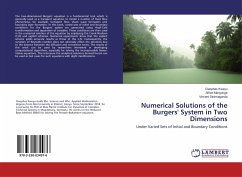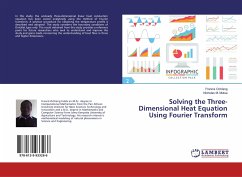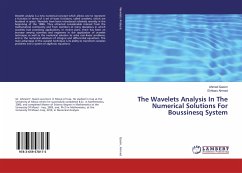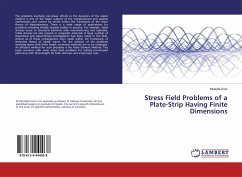The two-dimensional Burgers' equation is a fundamental tool which is generally used as a transport equation to model a number of fluid flow phenomena, for example, turbulent flow, shock wave formation and boundary layer formation. In this book, varied sets of initial and boundary conditions for the Burgers' system are generated using Hopf-Cole transformation and separation of variables. These conditions are then used in the numerical solution of the equation by employing the Crank-Nicolson (C-N) and explicit schemes. Numerical experiments show that the explicit scheme yields accurate results as those of the C-N. Consequently, the variation of Reynolds number does not adversely affect the solutions due to the balance between the diffusion and convection terms. The results of this work can be used by researchers interested in developing computational algorithms, especially for solving the incompressible Navier-Stokes equations. This is because the analytical solutions derived herein can be used as test cases for such equations with slight modifications.
Bitte wählen Sie Ihr Anliegen aus.
Rechnungen
Retourenschein anfordern
Bestellstatus
Storno








